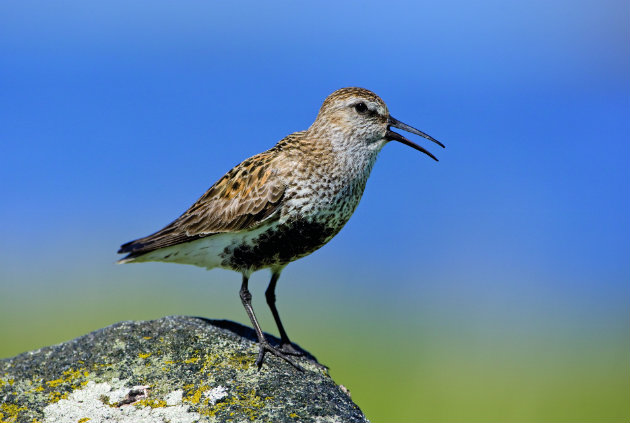Endangered birds thriving on Scottish grouse moors
A new survey on three Scottish estates reveals that many red-listed bird species are faring well on managed moors

There are 81 species of bird — many red-listed as being of conservation concern — thriving on Scottish grouse moors, according to a new report, published last month by the Scottish Gamekeepers’ Association.
Many species of bird faring better on managed moors
The study conducted wildlife audits on three “key” grouse moors — Invermark and Glenogil estates in Angus, and Glenturret estate in Perthshire. It found that many species of birds that had suffered serious declines in other parts of Scotland are faring far better on managed moors.
Hen harriers, golden plover, blackgrouse, ring ouzel, golden and white-tailed eagles and peregrines were named as leading species on the three estates, while the Scottish cuckoo has apparently made a significant comeback on one site, with eight singing males identified.
Tim Baynes, director of the Scottish Moorland Group, said:“To have such an array of species is tremendous news and demonstrates clearly that high-quality habitat management can deliver multiple conservation benefits. The diversity of species that can thrive on grouse moors is probably one of the least-heralded gifts of grouse moor management. The findings of these studies, we believe, are a snapshot of what is happening on managed moorland throughout Scotland.”
Survey conducted by a team of ecologists
A team of ecologists from wildlife management consultancy Taylor Wildlife conducted the survey at the Invermark estate. They recorded 81 different bird species either breeding or feeding, including 68 breeding pairs of golden plover, 32 breeding pairs of dunlin and 10 species of raptor, including merlin, peregrine, golden eagle and hen harrier.
Headkeeper Garry MacLennan said: “The survey results gave a great insight into the biodiversity of the estate and Invermark is not alone when it comes to breeding birds and plantlife. Last year we had a pair of eagles that fledged three eaglets, along with peregrine, merlin and short eared owls. These species
are clearly benefiting from the management by the staff.”
In a separate survey on Glenogil estate, German scientists found 63 different bird species. Dr Daniel Hoffman, who led the study, commented: “The population of blackgrouse is decreasing in the UK. We found at Glenogil 84 mating cocks and 15 more nearby. This area is a best practice area for sustainable conservation of blackgrouse.
“The high species diversity is associated with the diversified use of landscape on the estate. It can be demonstrated that a combination of habitat and predator management is the most effective conservation strategy,” continued Dr Hoffman.
Sixty-one species were found at the Glenturret estate, including red-listed birds such as cuckoo, lapwing, twite and yellowhammer. The survey also showed two confirmed breeding attempts by hen harriers, and eight species of raptor present, all of which were breeding.
Mike Reddington, headkeeper at the estate, said: “This year we had two pairs of harriers on the moor, both of which nested, producing three fledglings. A survey of all the moors in Perthshire showed 16 birds on the conservation red list. We are particularly delighted that, on Glenturret, the ring ouzel, a species of conservation concern, has found an environment in which to thrive thanks to our moorland management.”








